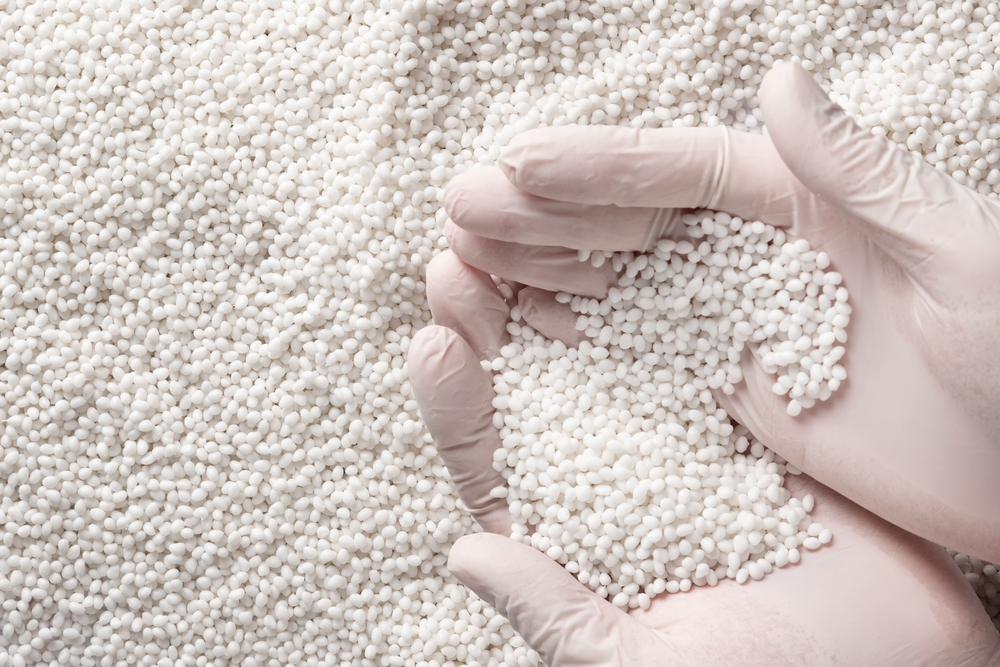


Hydrogenolysis and hydrocracking [1] are attractive polymer upcycling methods to produce low molecular weight liquid hydrocarbons with narrow molecular weight distributions under relatively mild conditions. In this project, we aim to develop heterogeneous catalyst materials to selectively convert waste PE/PP towards a well-defined mixture of saturated short-medium hydrocarbons (e.g., C6-C18).
To acquire the necessary insights into the mechanism of plastics conversion, we will also employ a wide variety of spectroscopy methods [2] to study catalyst materials for PE/PP conversion, including vibrational spectroscopy (UV-Vis-NIR spectroscopy and XPS), and X-ray spectroscopy (e.g., X-ray absorption near-edge spectroscopy), as well as microscopy methods (e.g., scanning and transmission electron spectroscopy).

[1] J. Wei, J. Liu, W. Zeng, Z. Dong, J. Song, S. Liu, G. Liu, Catal. Sci. Technol., 2023,13, 1258-1280.
[2] M. J. Werny, F. Meirer, B. M. Weckhuysen, Angew. Chem. Int. Ed. 2024, 63, e202306033.
Plastic recycling, waste plastics, hydrogenolysis, hydrocracking, spectroscopy and microscopy
The ACTPAC kick-off meeting has successfully taken place in a virtual setting on the 15th of January
The existing polyolefin plastics are not adequately suited for closed-loop recycling; however, biode
ACTPAC is a highly innovative and promising project which aims at the bio-chemical conversion of pol